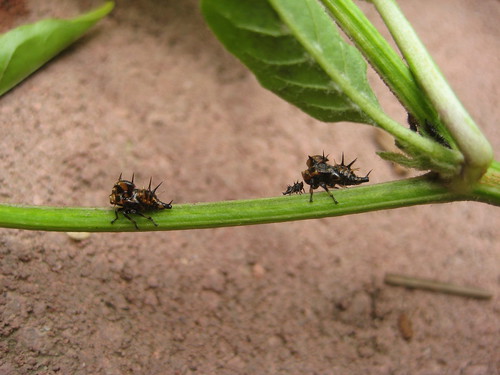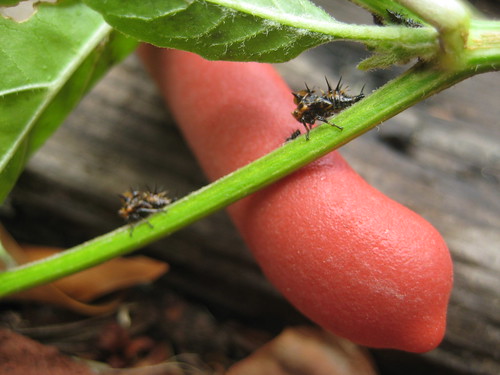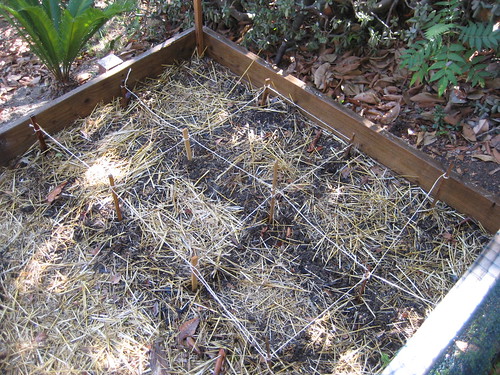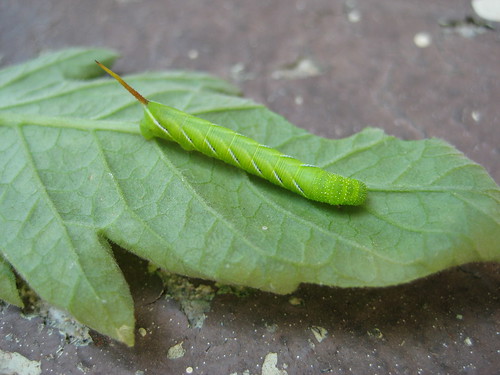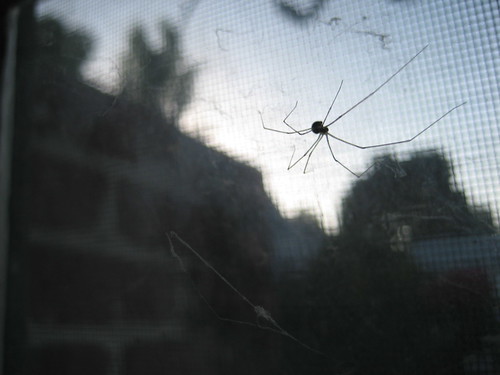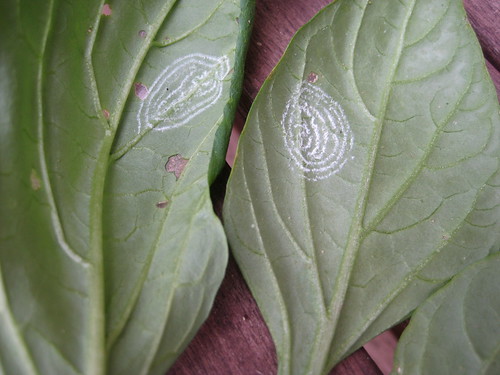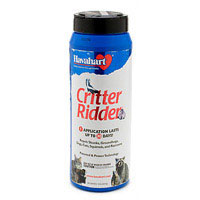
Last month, we finally got around to fencing in the lower garden bed. In the past, I'd used some more half-assed barriers, including draping garden netting over the beds. But I have wanted to create a more permanent fence for a while, and Dakota was kind enough to oblige.
The garden now has three sides covered in chicken wire and one side hung with a large piece of garden netting, so that I can drop that side down to plant and weed. I feel confident that this setup will be successful in keeping out skunks, squirrels and, most importantly, my naughty chickens.
Unfortunately, all the wire fencing in the world can't keep out insects. I seem to have some kind of cutworm or other pest that's gobbling up my squash sprouts as soon as they emerge. I'm not really sure what to do, but I guess I might need to get some beneficial nematodes. If anyone has cutworm control tips, let me know, especially if they aren't too time consuming. I don't have a lot of time to spend in the garden these days.

So, things are not off to the smoothest start this Spring. But once I get the pest situation under control, I am hoping the new fencing, combined with a soaker hose, compost and lots of straw mulch, will ensure an excellent crop of squash, tomatoes and beans this summer.
